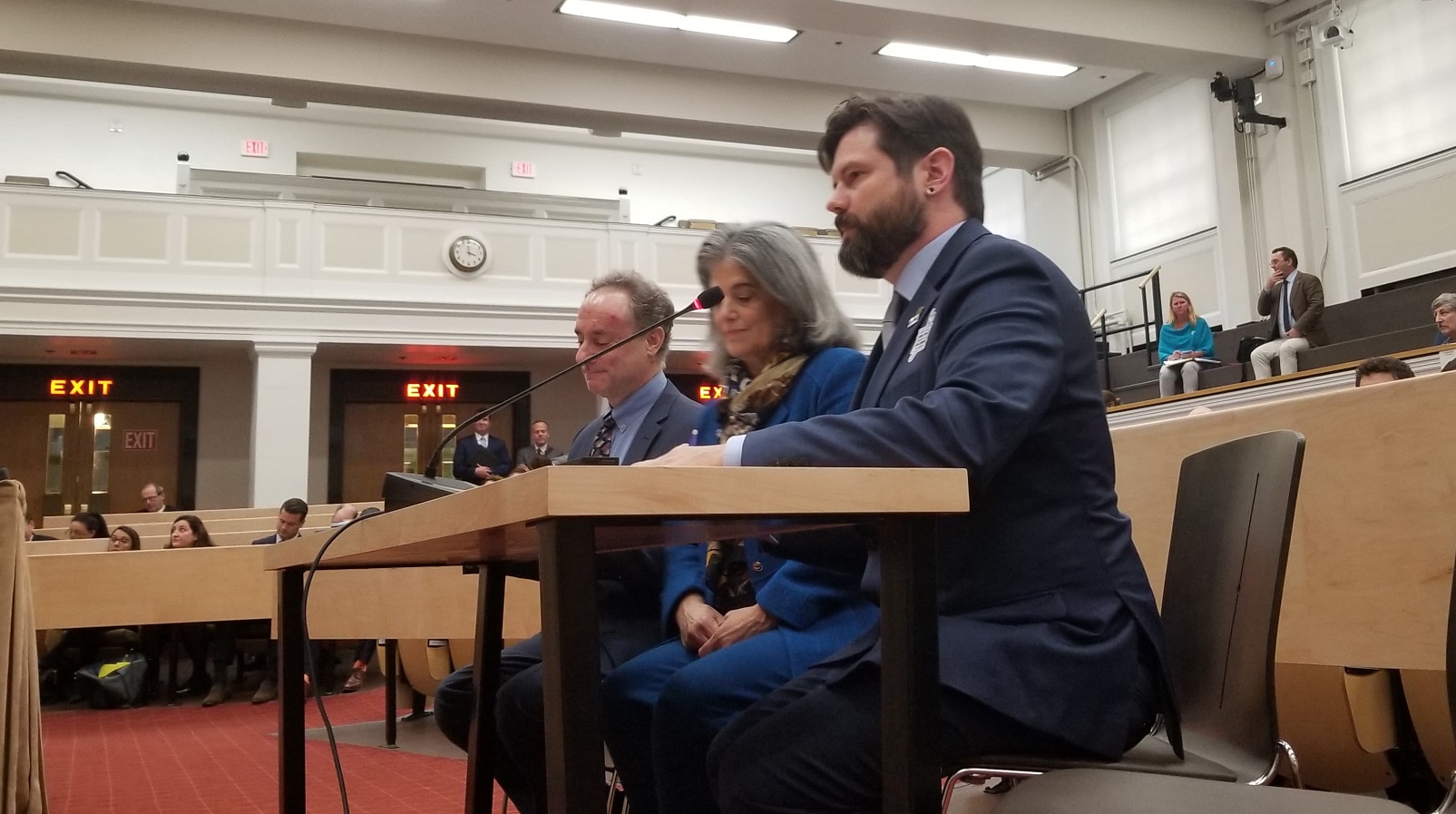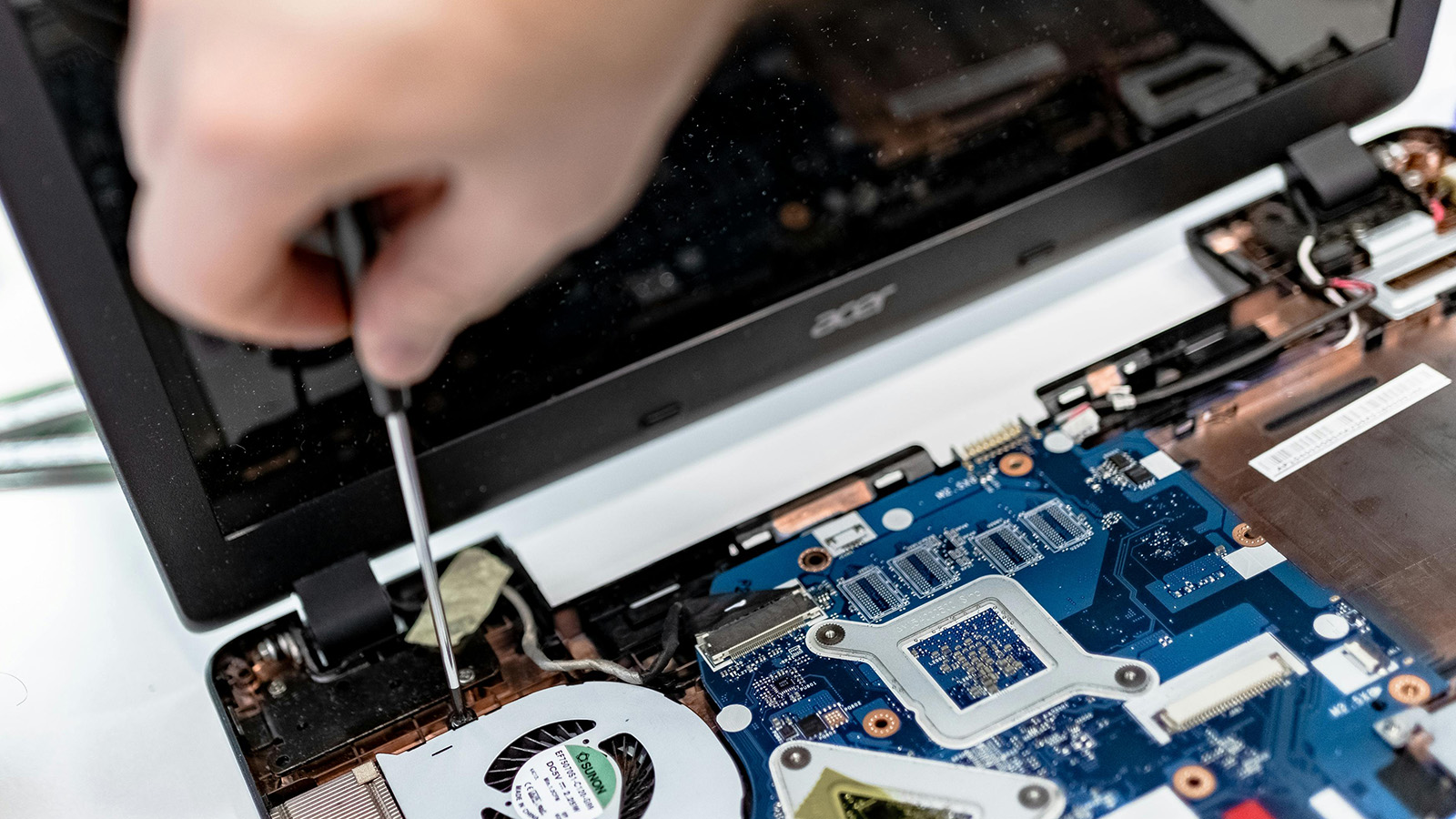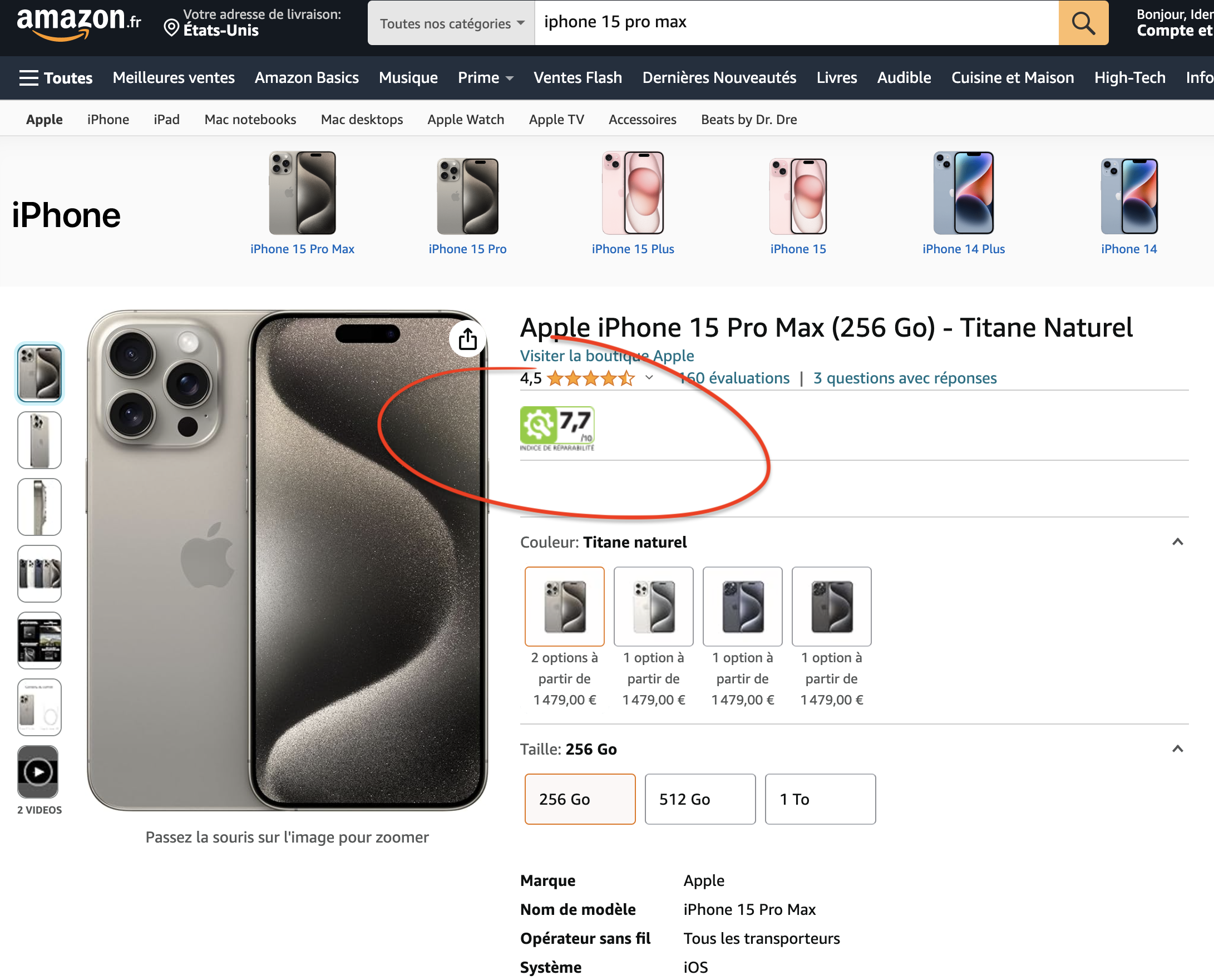
Right to Repair 2020 wrap-up: Notable wins as campaign advances
A look at 2020 highlights and milestones for the campaign to fix our stuff, and a look ahead to 2021

Finally, it’s time to put 2020 to rest. In just a few weeks, state legislatures around the country will restart, and once again Right to Repair legislation will be live and active from coast to coast. As we get ready for what promises to be another hectic year in campaigning for fixable devices, we wanted to reflect back on some of our notable wins in 2020.
Our goal is simple: We want to eliminate barriers to fixing equipment — from tablets to tractors and even ventilators — by ensuring that we can access parts and service materials. We just want to fix our stuff. But while our goal is simple — and really popular — the reason it’s so difficult to make progress is also pretty obvious: Our work is opposed by companies worth trillions of dollars.
Yet, despite this, and all the complications of running a campaign amid a pandemic, the Right to Repair movement notched notable wins in 2020.
We made it easier for hospitals to fix their ventilators, and launched an industry-shaking medical Right to Repair effort.
Early in the pandemic, it became clear that manufacturer-imposed restrictions on medical device repair were interfering with the frontline response to COVID-19. U.S. PIRG delivered 43,000 petitions to ventilator manufacturers calling for the release of repair information, and a number of manufacturers responded by releasing the requested materials. Meanwhile, we worked with 10 state auditors and treasurers, led by Pennsylvania Treasurer Joe Torsella, to pressure manufacturers to stop blocking repairs.
As the campaign expanded, we began to understand that hospitals responding to COVID-19 faced a lot more issues than just ventilators. To expand our campaign, we organized medical repair technicians — which include hospital-based, independent and even manufacturer technicians — who think it’s time to end repair restrictions. We now have more than 500 medical repair professionals who have joined our efforts. These experts helped us produce a first-of-its-kind look at the pervasiveness of the problem, the U.S. PIRG Education Fund report, “Hospital Repair Restrictions.”
In August, Sen. Ron Wyden and Rep. Yvette Clarke introduced legislation to grant medical Right to Repair for the duration of the pandemic. We joined Sen. Wyden to introduce the bill in an August press conference. Our medical device repair professionals have made it clear that our efforts soften manufacturer restrictions to repair — though more needs to be done. We hope to win access to service materials by force of law.
With bills in 20 states, we got closer to a breakthrough … then the pandemic hit.
Right to Repair was introduced or carried over in the legislature in 20 states. Carryovers included California, Massachusetts (House and Senate), Minnesota, Vermont (which added a companion bill in the House), New Hampshire, New York (House and Senate), Illinois, Washington (House and Senate), Georgia, and Hawaii (which added a companion bill on the House side). New bills were filed in Pennsylvania, Oklahoma, Alabama, Maine, Missouri, Colorado, Maryland (House and Senate), Virginia, Idaho and New Jersey.
We saw some notable progress at the state level, including the relevant Massachusetts committee passing the bill and bringing us close to a full vote there. We were making progress in a number of states until COVID-19 forced state legislatures to severely restrict their work and create new socially distant protocols, and instead focus on public health and economic relief related to COVID-19. Meanwhile, our campaign also shifted to focus on medical equipment as the most important example of the inability to repair modern equipment. But if the last few weeks of conversations with legislators are any indication, there is a pent-up appetite for broader Right to Repair work in 2021. Stay tuned.
Right to Repair makes gains in Europe, upping pressure on manufacturers.
On Nov. 25, the European Parliament approved ambitious measures to improve repairability and address the rise in disposable electronics. The vote mandates that the European Union creates repairability and durability labels for consumer products, and addresses the shortening life spans of electronics. Next, the European Commission is tasked with developing law according to those instructions. France will introduce the first repairability scores in January 2021, ahead of an EU-wide law.
Our work at the state level, which empowers both DIY repair and a competitive repair marketplace, is now combined with the European focus on increasing manufacturer accountability on repairable designs and banning practices that increase obsolescence. Together, these approaches can help the world replace a throwaway system for our electronics with something that benefits both consumers and the planet.
Massachusetts voters overwhelmingly support expanded automobile Right to Repair.
Massachusetts voters made it clear during this election that they don’t trust product manufacturers when it comes to their take on the right to repair. Despite the opposition spending well over $25 million on propaganda such as terrifying ads which imply that access to repair data will result in home invasions, Massachusetts voters overwhelmingly approved Question 1 on the ballot this election with 75 percent voting yes, and support across party lines.
Our work is honored by Grist and Fast Company.
It was a terrific honor to see our work start to get more recognition. The business magazine Fast Company named U.S. PIRG’s right to repair campaign as a finalist for the media outlet’s World Changing Ideas Awards.
Meanwhile, I was featured in the Grist 50, the environmental news outlet Grist’s list of emerging leaders working on game-changing ideas to protect the planet. The profile appeared in the online publication in December.
Other campaign highlights:
-
CompTIA, major Right to Repair opponent, drops its opposition.
-
The American Farm Bureau endorses new Right to Repair policy.
-
U.S. PIRG and our affiliates’ work on Right to Repair was covered in some 205 news stories broadcast or published in some 1,225 total outlets. From a feature on the CBC’s Marketplace, to the environment section of the New York Times, to local TV and radio across the country, Right to Repair made news.
-
As a sign of the prominence of the issue, Right to Repair for farm equipment was included in the 2020 Democratic national platform.
-
We cataloged how Right to Repair would address the digital divide exacerbated by the pandemic.
-
Right to Repair continues to expand globally: the Australian Productivity Commission has initiated an investigation into Right to Repair, while independent car repair scored a win in South Africa.
Topics
Authors
Nathan Proctor
Senior Director, Campaign for the Right to Repair, PIRG
Nathan leads U.S. PIRG’s Right to Repair campaign, working to pass legislation that will prevent companies from blocking consumers’ ability to fix their own electronics. Nathan lives in Arlington, Massachusetts, with his wife and two children.
Find Out More

Apple AirPods are designed to die: Here’s what you should know

Best laptops of 2024: The most repairable laptops and why it matters

Amazon displays repair scores for electronics in other countries. Why not here?

